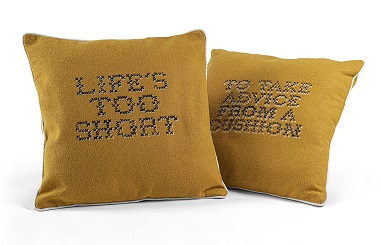David King, Crass Symbol Designer, Dead at 71
 David King, San Francisco Artist Who Designed Iconic Crass Emblem, Dies at 71
David King, San Francisco Artist Who Designed Iconic Crass Emblem, Dies at 71
Sam Lefebvre Oct 22 (KQED)
David King, the San Francisco artist best known for designing the English punk band Crass’ iconic and widely reproduced anti-establishment emblem, died at home Thursday following a years-long fight with cancer, his frequent publisher Colpa Press confirmed to KQED. He was 71.
The English-born designer, photographer and musician, who moved to San Francisco in 1982, created what would become known as the Crass symbol—a stencil-friendly design incorporating a cross and what he called a “diagonal, negating serpent” with two heads—more than 40 years ago to criticize the mixture of church and state. He also participated in New York’s Downtown scene of the 1980s and the Mission School milieu the next decade in San Francisco.
The “explosive and memorable image” has “acquired a ubiquitous independence as a sign of protest,” design historian Steven Heller writes in a new book of King’s work. A popular tattoo, the symbol is perhaps rivaled only by Black Flag’s logo in subcultural prominence. It’s also been appropriated for commercial purposes, moving King in recent years to revisit the stark symbol in various publications and exhibitions with color and levity that better reflects his work’s tone.
“David’s iconic symbols were a badge of authenticity in the underground scenes across the globe in the pre-internet era, recognizable at 65 mph on the back of a squatter punk meandering down an alleyway at four in the morning,” writes the artist Barry McGee, who King met at the San Francisco Art Institute, in Gingko Press’ new David King Stencils. “What symbol has even come remotely close to so immediately showing one’s allegiance to an ideology or attitude?”
King, remembered for his poise and sharp dress, was born in the United Kingdom on April 10, 1948. In a 2013 interview with this writer, he described being attracted to the “riots” and “beacons” of color in commercial designs on comic books and candy wrapping amid the grey, post-war cityscape. Mod fashion of the 1960s was more to his liking, and King attended art school from 1964 to 1967.
In college King met the artists eventually known as Penny Rimbaud and Gee Vaucher of Crass, afterwards working as a graphic designer. At the inception of punk, he gravitated towards stencils, subverting the militaristic style to promote peace. In 1977 at the communal Dial House near London, King encouraged Rimbaud to write down his criticisms of the state’s propagation of Christian values through public education, leading to the pamphlet Christ’s Reality Asylum.

 Buy your own Banksy stuff at
Buy your own Banksy stuff at  Thanks to: Stephen, Josiah, Esmeralda, Mark, SF Poster Syndicate, and Brooklyn Street Art
Thanks to: Stephen, Josiah, Esmeralda, Mark, SF Poster Syndicate, and Brooklyn Street Art Thanks to: Stephen B., Chris C., Josiah S., Colab Gallery, and Brooklyn Street Art
Thanks to: Stephen B., Chris C., Josiah S., Colab Gallery, and Brooklyn Street Art